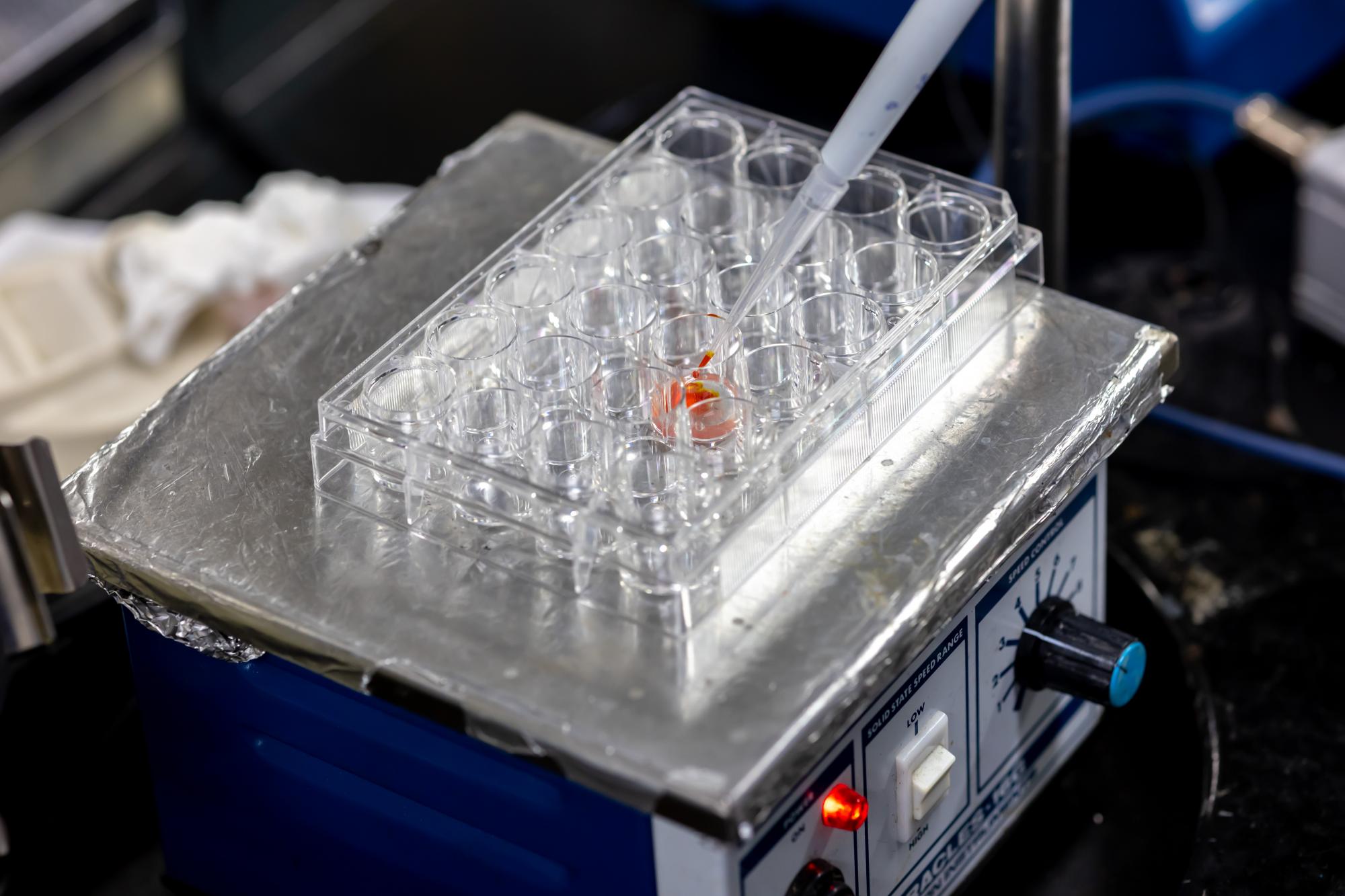News & Topics
News

Researchers from Monash University and Osaka University have unveiled a groundbreaking discovery regarding the pivotal role of sensory neurons in orchestrating tissue repair and regeneration, offering significant promise for patients with poorly healing tissues and diabetes.
Collaborating with Professor Shizuo AKIRA from the Immunology Frontier Research Center (IFReC), a research team led by Associate Professor Mikaël Martino from Monash University, who also held a cross-appointment position at Osaka University, recently published a significant advancement in regenerative medicine in Nature.
Their research sheds light on the intricate interplay between the nervous and immune systems, highlighting the critical involvement of sensory neurons in the repair and regeneration of tissues. While nociceptive sensory neurons are primarily associated with pain sensation, their contribution to tissue regeneration has been unclear until now. Through their research, the team demonstrated that the removal of a specific subtype of sensory neurons containing the Nav1.8 ion channel significantly impairs skin wound repair and muscle regeneration following injury. Furthermore, they revealed that the endings of these sensory neurons extend into injured skin and muscle tissues, communicating with immune cells through the neuropeptide calcitonin gene-related peptide (CGRP) during the healing process. This neuropeptide plays a crucial role in influencing immune cells to aid tissue healing after injury. In preclinical models, such as mice lacking sensory neurons and diabetic mice with damaged peripheral nerve cells, the administration of an engineered version of CGRP, designed to enhance its efficacy, accelerated wound healing and promoted muscle regeneration.
These findings hold great promise for regenerative medicine, particularly in addressing poorly healing tissues commonly observed in conditions such as diabetes. Looking ahead, the team aims to develop innovative therapies targeting the underlying causes of impaired tissue repair by harnessing neuro-immune interactions. Lead author Mikaël Martino, a key advocate for collaboration between the two universities, emphasized the importance of the strong inter-institutional relationship under the Global Knolwedge Partner framework and cross-appointment system in enabling international researchers like himself to collaborate effectively with scientists at Osaka University.
The study can be read on the following webpages:
DOI: https://www.nature.com/articles/s41586-024-07237-y
